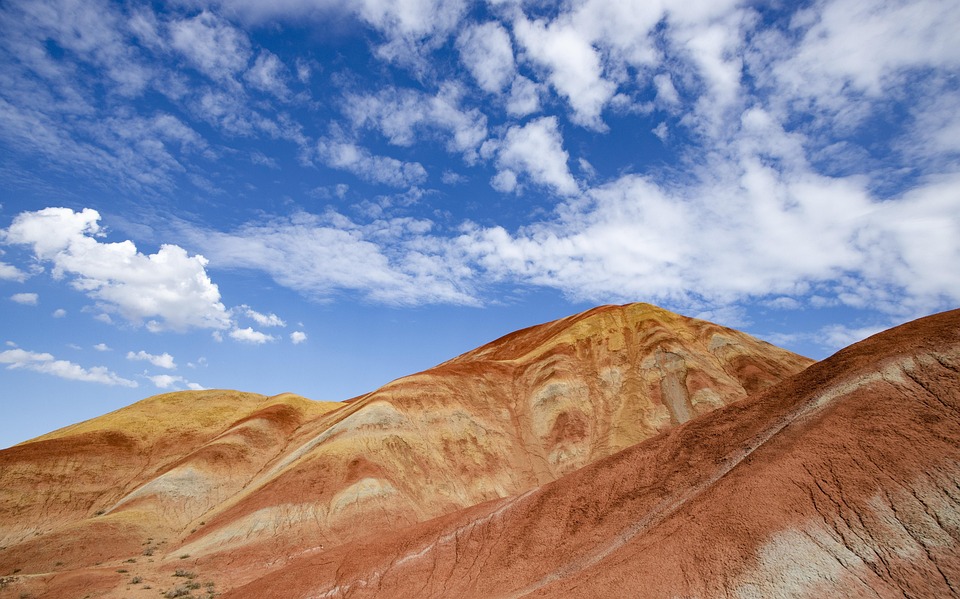Title: Mysterious Migratory Patterns: How Animals’ Travel Patterns Keep Us Guessing
Introduction:
Nature’s enigma remains at the forefront of scientific inquiry. One such marvel of the natural world is the awe-inspiring phenomenon of animal migration. Each year, millions of animals undertake epic journeys across the globe, traversing vast distances with a level of precision and determination that continues to baffle experts. This article explores the fascinating vagaries and secrets of migratory patterns, shedding light on the factors that drive these incredible journeys and the ongoing research that aims to unravel the mysteries surrounding them.
Body:
-
Theories and Definitions
Migration refers to the long-distance, seasonal movement of animals to fulfill certain needs such as breeding, feeding, or escaping harsh climate conditions. This movement can be observed in many species including birds, fish, marine mammals, insects, and some reptiles. Migration is believed to be an inherited behavior and varies in distance and pattern, from simple daily commutes to complex, cross-continental voyages.
-
Navigation and Orientational Strategies
How do animals find their way in the vast and often featureless terrains? Scientists have uncovered intriguing pieces of the puzzle: animals possess an innate ability to navigate, employing a mix of strategies such as using landmarks, celestial cues, geomagnetic fields, and even smell. Birds harness the earth’s magnetic field for directional cues, while salmon use their keen sense of smell to return to their birthplace for spawning.
-
Energy Conservation: An Efficiency Enigma
Many migratory animals fly long distances without ever stopping for food or rest, a strategy that saves time and energy. Two prevalent theories attempt to explain this remarkable endurance: the ‘stop and fly’ and the ‘fuel stops’ models. The former proposes that birds alternate between flying and resting, while the latter hypothesis suggests that birds refuel at strategically selected locations along their route.
-
Migration and Climate Change: An Uncertain Future
Climate change presents a formidable threat to migration patterns as shifts in temperature, precipitation, and seasons can significantly influence animals’ timing and routes. Disruptions to migratory patterns can lead to population decline or even extinction. Current research aims to understand the impact of climate change on species and devise conservation strategies to safeguard their future.
Conclusion:
The migratory patterns of animals are a testament to nature’s genius. The perplexing question of "how?" continues to fascinate and challenge scientists. With cutting-edge technology and concerted global efforts, discoveries about these spectacular migrations will surely abound, providing deeper insights into the incredible adaptability and tenacity of these creatures.
FAQs:
- Why do animals migrate?
Animals migrate to find food, escape harsh weather conditions, or reproduce. The exact reasons can vary depending on the species and individual circumstances.
- How do animals navigate during migration?
Animals navigate using a combination of strategies such as landmarks, celestial cues, geomagnetic fields, and smell. The specific means of navigation differ among species.
- What challenges do migrating animals face?
Migrating animals face numerous challenges such as predators, changing climate conditions, human disruption of their habitats, and the sheer physical effort of travel.
- How is climate change impacting animal migration?
Climate change can disrupt migration patterns by changing temperature and weather patterns. This can lead to issues such as mismatched timings between breeding and food availability, which can negatively impact populations.
- Why is studying animal migration important?
Studying animal migration helps scientists understand species behavior and survival strategies. This knowledge can be used to develop effective conservation measures and predict the impact of environmental changes on ecosystems.
[image in the article would ideally feature a representation of a migratory phenomenon, such as flocks of birds crossing a landscape or the pathway of a large marine animal like the great white shark during migration season.]


